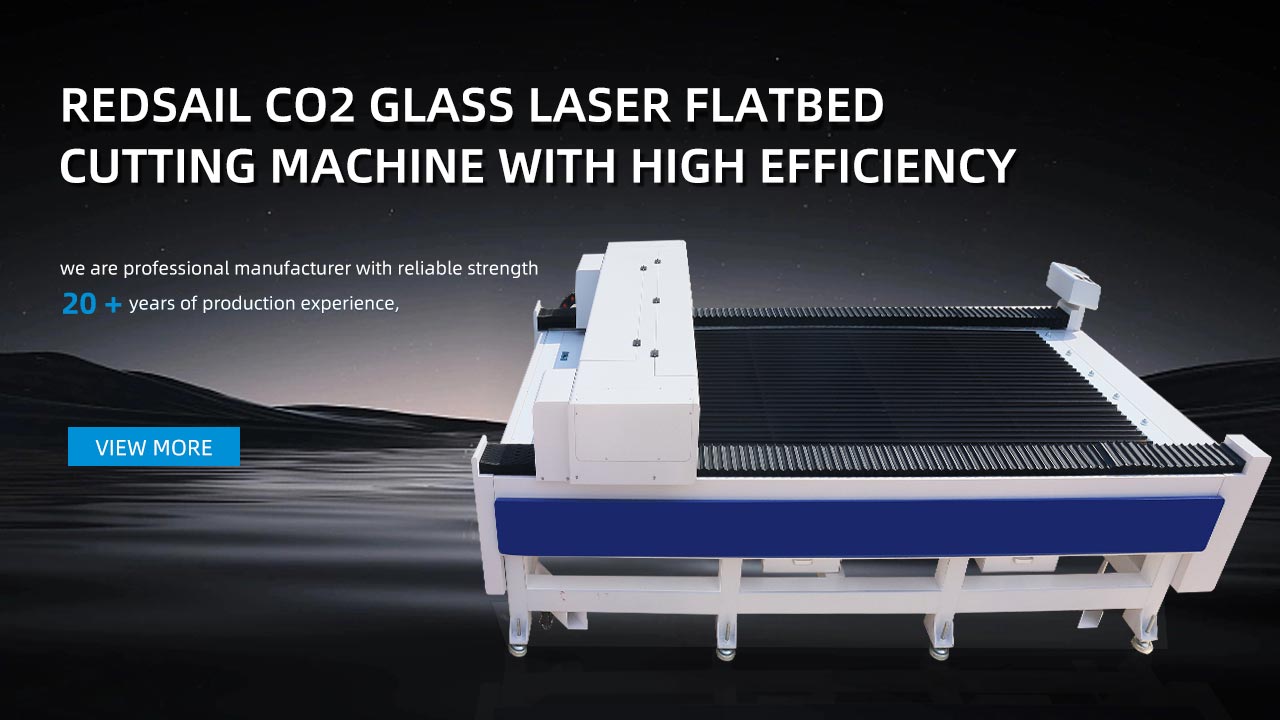What Is a Laser Engraver Tool? A Comprehensive Guide
When it comes to engraving, the laser engraver tool has revolutionized the industry. With its precision and versatility, it has become an essential tool for many businesses and individuals. In this comprehensive guide, we will explore what a laser engraver tool is, how it works, its applications, and more.
How Does a Laser Engraver Tool Work?
Principle: A laser engraver tool utilizes a highly focused beam of light to vaporize or remove material from a surface, leaving behind an engraved mark. The laser beam is produced by exciting atoms or molecules to a higher energy state, which then emit photons as they return to their stable state. This emission of photons creates a coherent and intense beam of light.
Optics and Mirrors: The emitted laser beam passes through a series of optics and mirrors, which help focus and direct it onto the surface to be engraved. The mirrors enable precise control of the laser’s path and position, allowing for accurate engraving.
Material Interaction: When the laser beam reaches the material, it interacts differently depending on the material’s composition. For instance, when engraving metals, the laser beam melts and vaporizes the surface, creating a deep and permanent mark. On the other hand, when engraving wood or plastic, the laser burns away the material, resulting in a contrasting color change.
Applications of Laser Engraver Tools
Laser engraver tools have a wide range of applications across various industries. Some common uses include:
- Jewelry: The precise and intricate engravings achieved by laser engravers are highly sought after in the jewelry industry. Rings, pendants, and bracelets can be personalized with names, dates, or even unique designs.
- Product Marking: Laser engravers are commonly used to mark products with barcodes, serial numbers, or company logos. This ensures clear identification and provides a professional and permanent mark.
- Signage: Whether creating custom signs for businesses or decorative plaques for personal use, laser engravers can produce detailed and eye-catching designs on a variety of materials.
- Prototyping: Laser engraver tools are invaluable for rapid prototyping in industries such as automotive, aerospace, and electronics. They allow for quick modification and iteration of designs.
Choosing the Right Laser Engraver Tool
Power: The power of a laser engraver tool determines its versatility and cutting capabilities. Higher power lasers are capable of engraving thicker or denser materials, while lower power lasers are better suited for more delicate applications.
Workspace: Consider the size of the surface you need to engrave. Different laser engravers offer various workspace dimensions, so choose a tool that accommodates your project requirements.
Software and Compatibility: Look for a laser engraver tool that is compatible with your preferred design software. This ensures a seamless workflow and simplifies the process of transferring designs to the engraver.
FAQs
Q: Are laser engraver tools safe to use?
A: Yes, laser engravers are safe to use when handled properly. However, it is essential to follow all safety guidelines provided by the manufacturer. This includes wearing appropriate protective gear, setting up in a well-ventilated area, and avoiding exposure to the laser beam.
Q: Can laser engravers work on all materials?
A: No, laser engravers are not suitable for all materials. While they work well on materials like wood, plastic, and metals, they may not be effective on highly reflective surfaces or materials that emit toxic fumes when burned. Always consult the laser engraver’s specifications or seek professional guidance for the appropriate materials to use.
Q: Can laser engraver tools be used for etching glass?
A: Yes, laser engraver tools have the capability to etch glass. By adjusting the power and settings, you can achieve precise and intricate designs on glass surfaces.





